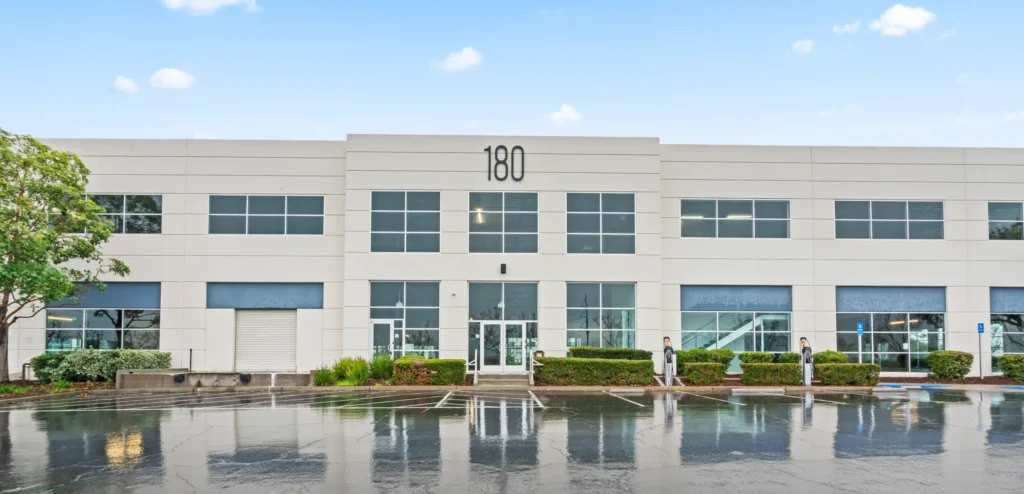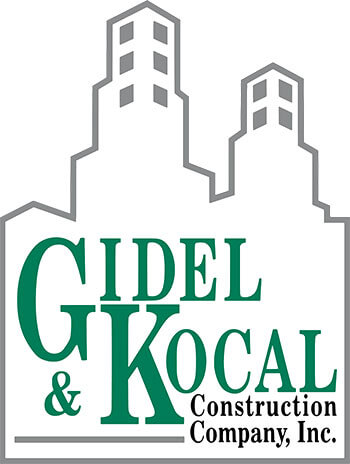
A shift toward sustainability is redefining the future of commercial construction. As cities like San Francisco are taking charge of reducing carbon emissions and promoting energy efficiency, businesses are embracing innovative green building practices.
From renewable energy integration to resource-efficient materials, sustainable commercial building is no longer a luxury—it’s an expectation. But what does it take to construct buildings that meet environmental standards and enhance economic value? And how do industry leaders like Gidel & Kocal make sustainability a core part of their construction approach?
The Shift Toward Green Building Practices
Sustainable construction minimizes carbon emissions, reduces pollution, and conserves natural resources. In the Bay Area, developers are implementing energy-efficient technologies, incorporating natural light into building designs, and utilizing raw materials that lessen environmental impact. This transition toward sustainable buildings isn’t just an ethical choice; it’s a strategic investment in longevity and operational efficiency.
A significant component of sustainable design includes incorporating solar energy and other renewable energy sources to decrease reliance on fossil fuels. Optimizing heating and cooling systems also improves energy consumption while maintaining high indoor air quality. Building owners can reduce operational costs by integrating these strategies while promoting public health.
The Benefits of Sustainable Construction
Sustainable construction offers an array of advantages for both businesses and the environment. Some key benefits include:
1. Lower Operating Costs
Energy-efficient designs like LED lighting and high-performance insulation help businesses cut costs. Reducing energy consumption doesn’t just lead to lower utility bills—it also minimizes the carbon footprint of a building. By using smart lighting systems, efficient HVAC setups, and solar panels, businesses can significantly decrease operational costs while contributing to environmental sustainability.
2. Enhanced Indoor Air Quality
Improving indoor air quality is a major focus for sustainable commercial buildings. By using materials that emit fewer volatile organic compounds (VOCs) and incorporating advanced ventilation systems, developers can create healthier environments for employees and visitors.
Studies show that buildings with better indoor air quality lead to higher productivity levels and improved employee well-being. Features like green roofs, indoor plants, and natural ventilation systems can all contribute to a healthier workspace that supports both environmental and public health.
3. Reduced Environmental Impact
Using recycled and locally sourced materials, sustainable buildings contribute to lower carbon emissions and reduced waste. Construction service companies are increasingly adopting green practices to meet LEED certification standards.
Water conservation is another key factor in reducing environmental impact. Many modern sustainable buildings incorporate water-saving technologies such as rainwater harvesting systems, low-flow plumbing fixtures, and drought-resistant landscaping. These measures ensure that natural resources are used efficiently, making a significant positive impact on the environment.
4. Compliance with Local Regulations
San Francisco and the greater Bay Area enforce strict sustainability regulations. To remain compliant, businesses are turning to licensed commercial general contractors near them that specialize in green building solutions. LEED certification is now a benchmark for modern commercial building plans, with many Bay Area commercial general contractors striving for LEED Platinum Certification to demonstrate their commitment to sustainability.
Local Regulations and Incentives
San Jose and surrounding Bay Area cities have implemented various policies to promote sustainable construction. Some key initiatives include:
- California Green Building Standards Code (CALGreen): Establishes minimum sustainability requirements for new construction and renovation projects.
- Renewable Energy Incentives: Programs encouraging businesses to invest in solar and wind energy solutions.
- Water Conservation Standards: These are mandates for reducing water consumption in commercial properties, particularly in areas like Mayfair Community Center and Happy Hollow Park.
- Tax Credits for LEED Certification: Businesses achieving high levels of LEED certification can benefit from state and federal incentives.
Many local governments offer grants and subsidies for companies willing to invest in green infrastructure to incentivize businesses further. These financial benefits make it easier for building owners to transition toward sustainability while enhancing their properties’ economic value.
Gidel & Kocal Commitment to Sustainability
As one of the leading San Jose construction companies, Gidel & Kocal is at the forefront of sustainable commercial building. Their expertise in value engineering construction ensures projects are cost-effective and environmentally responsible. Through construction planning services and pre-construction planning, they help clients integrate sustainability into their projects seamlessly.
Their approach focuses on using environmentally friendly materials, reducing energy consumption through smart design, and implementing sustainability solutions that align with regulatory requirements. This commitment extends beyond new construction to retrofitting existing buildings with eco-friendly upgrades that extend their lifecycle and improve efficiency.
Case Study: 180 Baytech Drive Renovation
At 180 Baytech Drive in San Jose, Gidel & Kocal undertook a comprehensive renovation of a two-story building and warehouse. They performed a soft demolition, removing existing flooring, partition walls, millwork, and glass systems. The market-ready upgrades included new plumbing, electrical, and mechanical systems, resulting in a high-ceiling, open-space plan. This project showcases their ability to modernize spaces efficiently, aligning with sustainable building practices.
Case Study: Gents Barber Club Remodel
Gidel & Kocal completed an entire interior and exterior remodel of the Gents Barber Club in Santana Row, San Jose. The interior now features eight barber chairs, a breakroom, custom ceiling and lighting designs, a laundry facility, an ADA-compliant bathroom, a retail area, a waiting area, and a VIP room for clients. The exterior enhancements include high-end tile work and new illuminated signage. This project reflects their dedication to creating functional, aesthetically pleasing, sustainable commercial spaces.
These projects demonstrate Gidel & Kocal’s expertise in integrating sustainability into commercial construction, contributing to the Bay Area’s advancement in eco-friendly building practices.
Conclusion
Sustainable construction is more than a trend—it’s a long-term commitment to reducing environmental impact and fostering resilient communities. As technology advances and regulations tighten, the construction industry must continue adapting, finding new ways to balance innovation with ecological responsibility.
For businesses looking to construct environmentally friendly facilities, partnering with experienced commercial contractors in the Bay Area, such as Gidel & Kocal, ensures adherence to sustainability standards while maximizing long-term value. The future of sustainable commercial building isn’t just about meeting regulations—it’s about setting a new standard for efficiency, health, and environmental stewardship.
The time for change is now. As more businesses recognize green construction’s economic and environmental benefits, the Bay Area is poised to become a leader in sustainable building innovation. Whether through reducing pollution, cutting down energy consumption, or enhancing the quality of urban environments, sustainability is no longer an option—it’s the way forward.
Ready to embark on your sustainable construction journey? Contact Gidel & Kocal, a top Bay Area commercial general contractor, to bring your green vision to life!
